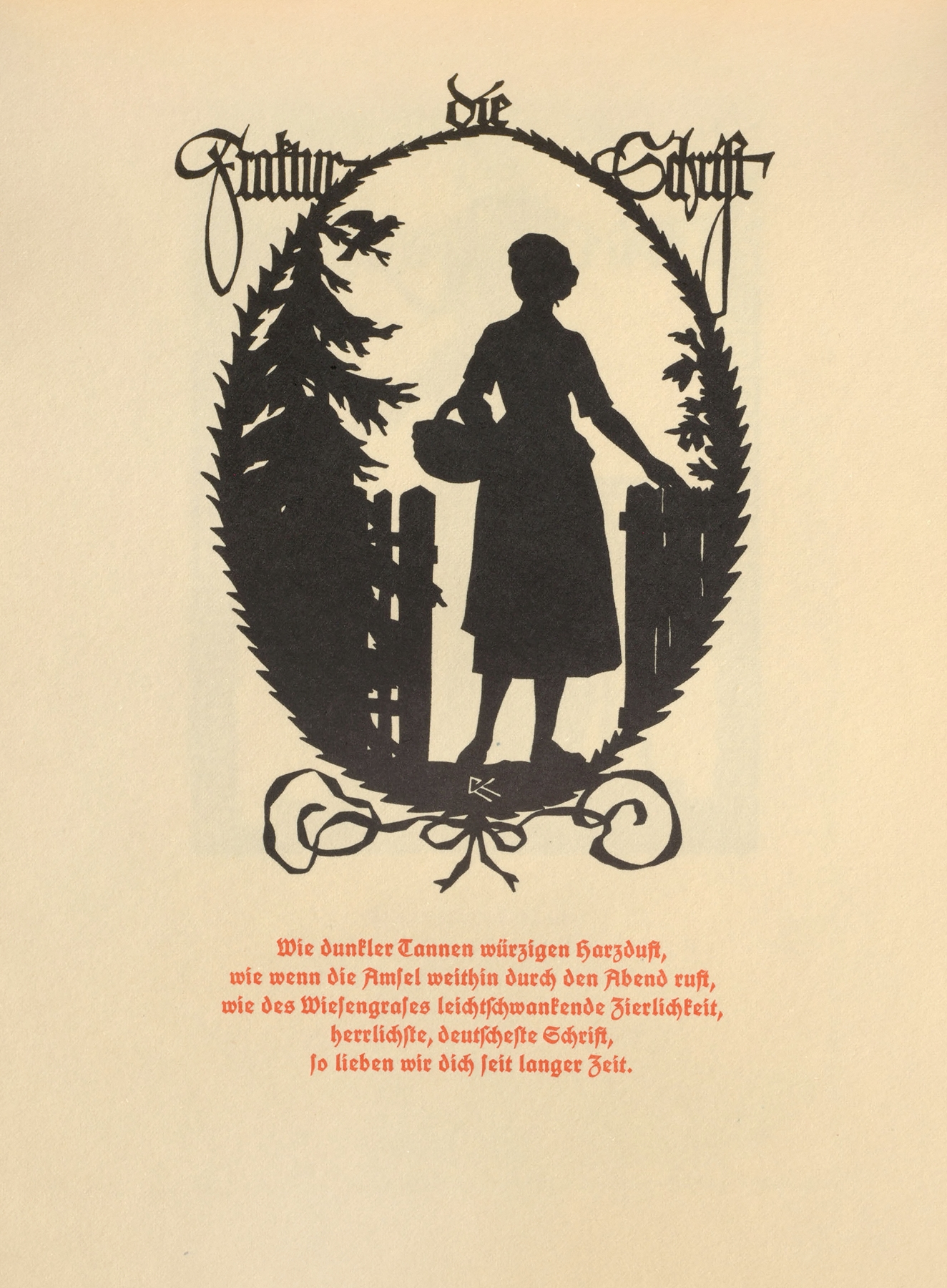Description
Die Schriftgiesserei im Schattenbild Pl.19 by Rudolf Koch printed on a T-Shirt
About the T-Shirt
Regular fit
Standard length, the fabric easily gives into movement
Casual wear
A classic, everyday option loved by our customers
Side-seamed
Constructed by sewing two parts together, creating a fitted look
The Unisex Staple T-Shirt feels soft and light with just the right amount of stretch. It’s comfortable and flattering for all. We can’t compliment this shirt enough–it’s one of our crowd favorites, and it’s sure to be your next favorite too!
- Solid colors are 100% Airlume combed and ring-spun cotton
- Ash color is 99% combed and ring-spun cotton, 1% polyester
- Heather colors are 52% combed and ring-spun cotton, 48% polyester
- Athletic and Black Heather are 90% combed and ring-spun cotton, 10% polyester
- Heather Prism colors are 99% combed and ring-spun cotton, 1% polyester
- Fabric weight: 4.2 oz./yd.² (142 g/m²)
- Pre-shrunk fabric
- 30 singles
- Side-seamed construction
- Tear-away label
- Shoulder-to-shoulder taping
- Blank product sourced from Nicaragua, Mexico, Honduras, or the US
Rudolf Koch (1876-1934)
Rudolf Koch was a German type designer, professor, and a master of lettering, calligraphy, typography and illustration. Commonly known for his typefaces created for the Klingspor Type Foundry, his most widely used typefaces include Neuland and Kabel.
Koch spent his teenage years working in Hanau as an apprentice in a metal goods workshop, whilst also attending art school, where he learned to draw, and soon after went to the Academy of Fine Arts, Nuremberg. Between 1897 and 1906 he worked for various businesses in the book trade in Leipzig, illustrating and designing book covers in the Art Nouveau style that was popular at the time. In 1906 Koch began working for the Rudhard Type foundry in Offenbach, later known as the Klingspor Type foundry. Other notable designers who worked for the foundry include Otto Eckmann and Peter Behrens.
Koch was deeply spiritual and a devout Lutheran, spending much of his time working on religious publications and manuscripts, of which he completed nearly a hundred in his lifetime. Koch viewed the alphabet as humanity’s ultimate achievement. He died prematurely of a heart attack in 1934, aged 57.






Reviews
There are no reviews yet.